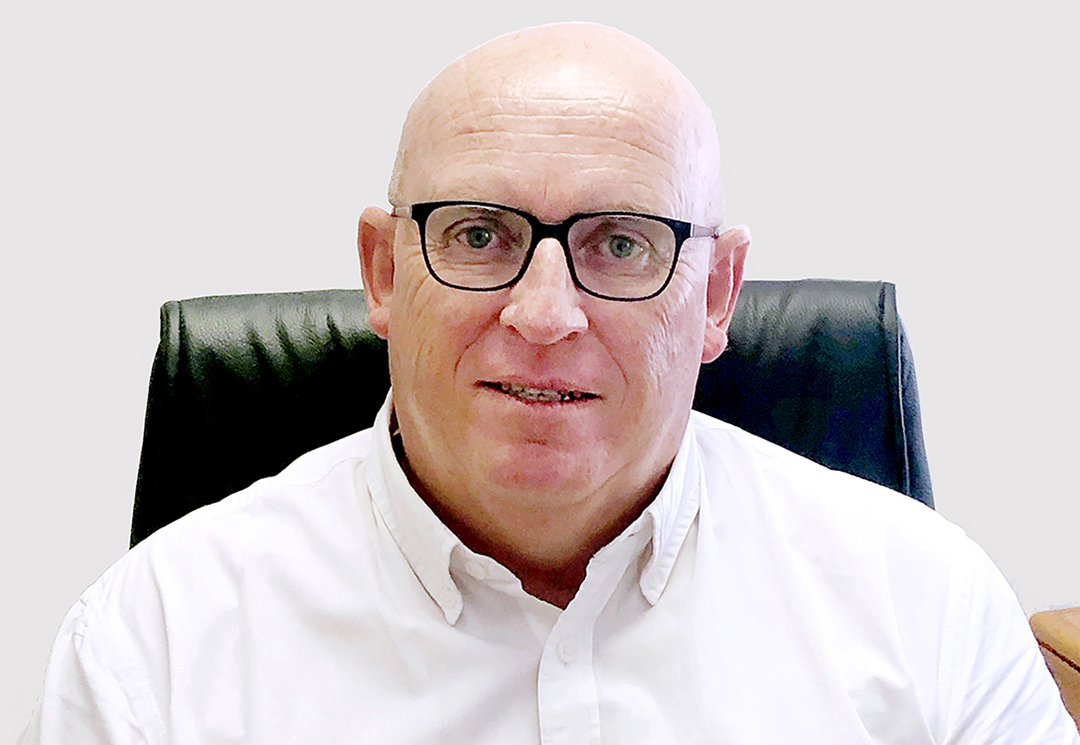Hendrik Janse van Vuuren is a Fiduciary Practitioner of South Africa® and a Certified Financial Planner® and has worked in the financial planning industry for 30 years. He is the owner of the Paarl African Advisory (FSP 52180) and Paarl African Trust (Fiduciary Services Company) and is indirectly one of the largest shareholders in Trèsor Wealth - a collective Investment Fund Management Company. We speak to Hendrik over the next few pages about the ins and outs of business planning in the current environment.
How do you approach business planning for your clients, and what steps do you take to ensure that their long-term financial goals are met?
As with any planning, information is key and we, therefore, require information from all the key individuals, directors, trustees, and the various entities of our clients. This includes identification documents, registration documents, letters, or minutes of authorities-, partnership-, trust- and existing loans and even personal agreements.
Our approach is quite simple - we strive to succeed in making sure that each individual and each entity take care of their own financial requirements, assets and obligations. Every solution must provide in such a way that all parties can honour the financial obligations independently from each other in the event of death, disability, severe illnesses, and any other event in the change in ownership.
This requires discipline, continuous administration, dedication and discipline from clients and the willingness to work with you to plan, implement and continuously monitor solutions.
Can you discuss a time when you had to navigate a complex business issue for one of your clients, and how you approached the situation to ensure the best outcome?
Business owners rely mostly on the advice of their accountants or auditors, merely because they are involved with capturing transactions and financial statements and see to the tax requirements of the entities and individuals. This is also because they are forced to file tax returns. They sometimes rely on the advice of their lawyers and many times to a lesser degree on the advice of their financial and trust/wealth advisers.
Independent advice from each of these professionals, each with their own proposed solutions, often confuses and conflicts clients in achieving their goals. After all, there are many ways to travel.
This brings us to the challenge. Business owners create wealth through their business activities. Clients must set up their wealth and asset protection plan as priority number one. Trusts form part of an extremely important component in building, protecting, and preserving wealth, and by using trusts properly, clients can avoid or minimize death and transfer taxes like estate duty, executors’ fees, transfer costs, capital gains tax, etc, just to name a few. This is the most cost-effective way to address continuity.
Trusts, however, require another discipline and must be managed and administered correctly. The success and protection that trusts provide are determined in court by minutes or documented trustee decisions, and not by up-to-date financial statements.
Clients need to appoint an independent captain for their fleet, and this person or company should collaborate with accountants, lawyers, financial advisors and asset managers to achieve and manage the long-term wealth and security of businesses.
The challenge always lies in convincing clients to appoint this captain of their ship and let this person control the documented requirements.
How do you stay current with changes and developments in the South African business landscape and what resources do you use to keep up to date with market trends and best practices?
As a member of the Fiduciary Institute of Southern Africa and the Financial Planning Institute of Southern Africa and as Financial Services Provider licensed by the Financial Services and Conduct Authority and being a registered tax practitioner, we must complete a certain amount of continuous professional development hours on an annual basis.
These hours that we must spend can be via studies, seminars, training or reading of financial articles and must be documented and submitted to the various bodies annually, to adhere to requirements.
I am still a student and am more careful now working with clients than I was when starting in 1992. Learning is a virtue, and one can never think you know it all.
Can you discuss a time when you had to collaborate with other professionals, such as lawyers or accountants, to provide comprehensive business planning services to a client? How do you balance the needs and concerns of different stakeholders to achieve the best outcome for your clients?
We have close relationships with an accounting firm since 2006 and with a legal firm since 2008, with whom we collaborate daily when needed.
All stakeholders, however, must have and work towards a common goal. My experience is that the alter ego of different stakeholders very often leads to plans that fail.
It is almost impossible to provide business planning advice without collaborating with other professionals and every professional should buy into one plan, work towards it, and monitor it regularly.
How do you advise your clients on risk management and contingency planning in their business planning, and what steps do you take to help them prepare for unexpected challenges or opportunities?
The very basic principle to follow is to keep proper records, firstly in date and secondly in subject and document order, preferably in a secure cloud so that it is easily accessible. Every authorised individual involved in the business must become so used to work with and store records. It takes 30 seconds to store a document, but it very often takes hours and sometimes days to search for it if you don’t.
Deal with every risk and opportunity separately - a one fix for all is a recipe for failure.
Make the people in your organisation feel special and trusted; it makes big decisions easier to implement.
Provide for the unexpected as far as you can, but remember a business is a journey; strive to enjoy it.










